I don’t think I’ve ever seen Craig Federighi as nervous as he was in this interview where Joanna Stern asked difficult but predictable questions about why, so far, not even artificial intelligence has been able to render Siri mildly useful.
Apple users targeted in first known Mac ransomware campaign
Apple users targeted in first known Mac ransomware campaign
Jim Finkle reports for Reuters:
Hackers infected Macs through a tainted copy of a popular program known as Transmission, which is used to transfer data through the BitTorrent peer-to-peer file sharing network, Palo Alto said on a blog posted on Sunday afternoon.
The cynical part of me wonders whether this is a clever move by one or more media companies to discourage the use of BitTorrent clients.
I know, maybe I need to order a tin-foil hat. But when even Kanye is pirating stuff it’s really time to bust out some innovative new tactics.
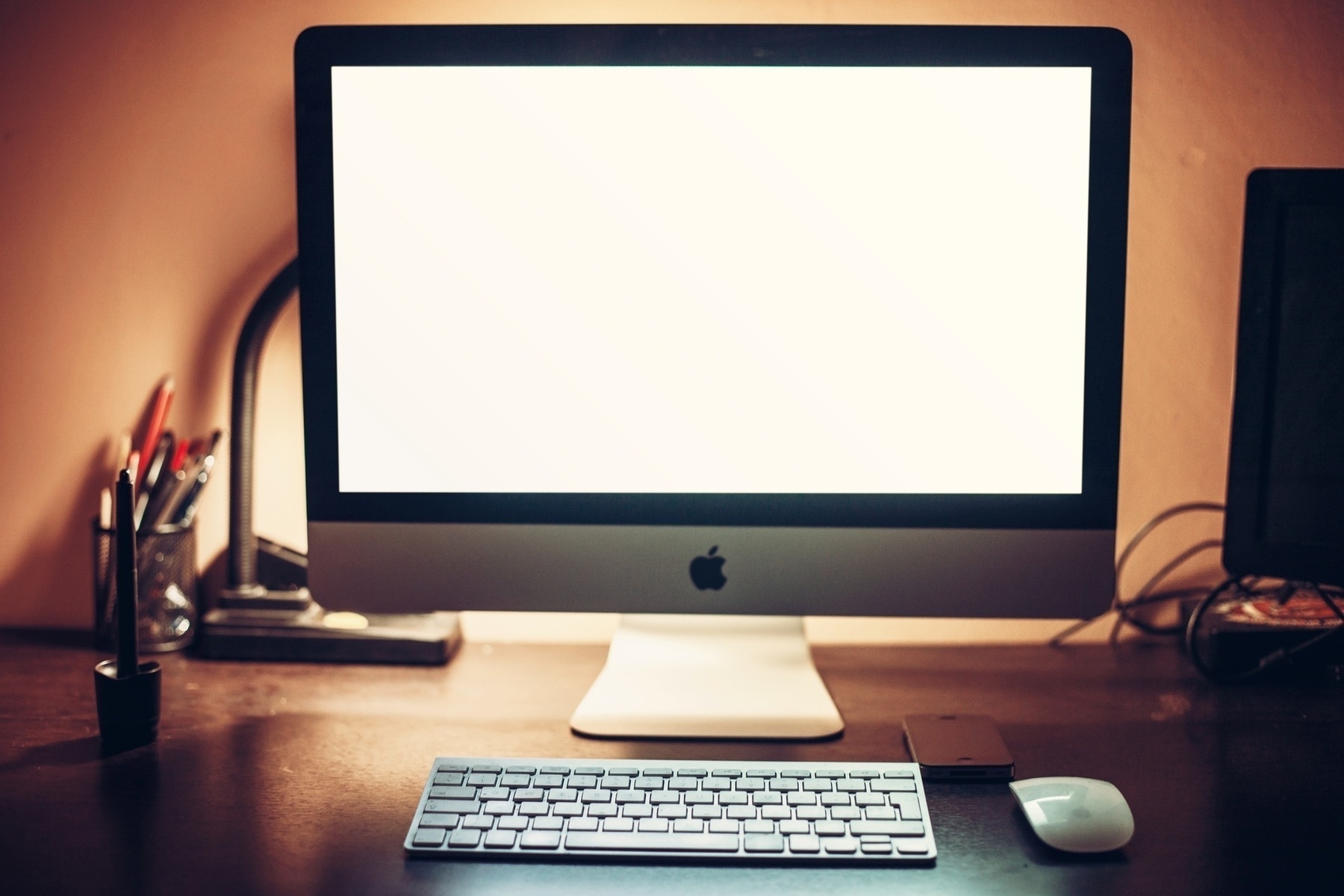
Apple has learned nothing from Microsoft's Surface
Apple has learned nothing from Microsoft’s Surface - The Verge
iPad sales are indeed down, but it does not follow from that fact that iPad use is down. This Time article did the yeoman’s work of aggregating some data about iPad sales. The bottom line is that in the five years since the iPad’s 2010 launch, Apple has sold more than 258 million of the tablets. That’s more iPads in the wild than people living in Indonesia, Brazil, Pakistan, Nigeria, Bangladesh, Russia, Japan, Mexico, Philippines, Vietnam, Ethiopia, Egypt, Germany, Iran, Turkey, Democratic Republic of the Congo, Thailand, France, United Kingdom, or Italy (thanks Wolfram|Alpha).
My dad has an Android tablet and a Windows PC. Since he got the tablet (which, interestingly from a marketing perspective, he insists on calling an iPad) he does nothing on the PC except pay bills, and that’s primarily because most of the apps you use to pay bills on mobile devices are, to put it mildly, user-hostile antichrists of design and experience.
He is a sample of one, but my dad isn’t even your typical cutting edge older gentleman. For example, he was on Aol dial-up until sometime around 2013, and refuses to use a non-clamshell mobile phone. So his taking so quickly to using a tablet implies to me that the replacement of PCs by iPads and other tablets may be closer than Tom Warren of The Verge thinks, although still far off.
I don’t see my dad using an iPad Pro though because most of his use is on the couch as a second screen. I suspect that the second screen use case coupled with the price point will dampen iPad Pro sales outside of the geek and artist demographics.
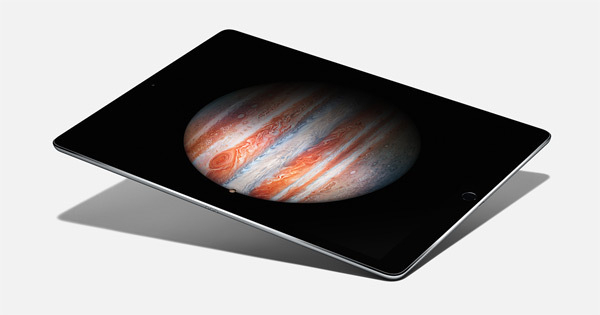
Hackers Can Silently Control Siri From 16 Feet Away
Hackers Can Silently Control Siri From 16 Feet Away
Well this is concerning:
A pair of researchers at ANSSI, a French government agency devoted to information security, have shown that they can use radio waves to silently trigger voice commands on any Android phone or iPhone that has Google Now or Siri enabled, if it also has a pair of headphones with a microphone plugged into its jack. Their clever hack uses those headphones’ cord as an antenna, exploiting its wire to convert surreptitious electromagnetic waves into electrical signals that appear to the phone’s operating system to be audio coming from the user’s microphone. Without speaking a word, a hacker could use that radio attack to tell Siri or Google Now to make calls and send texts, dial the hacker’s number to turn the phone into an eavesdropping device, send the phone’s browser to a malware site, or send spam and phishing messages via email, Facebook, or Twitter.
You can disable Siri whenever your iOS device is locked by going to Settings > Touch ID & Passcode > Allow Access When Locked and toggling the Siri switch to the “off” (as in not green) position. This doesn’t guarantee a hack like the one deascribed above won’t work on your device, but it does guarantee you’ll see Siri doing something weird and can thus be alerted to the hackery.
Thoughts on ad blockers
Most of this article is an extensive discussion of my hunt for the best ad blocker on iOS. It isn’t exhaustive and, given the pace at which the App Store moves, probably won’t remain current for long. That’s why I want to open things with my own thoughts on ad blocking, because I don’t expect those to change any time soon.
My Opinion on Ad Blocking
Large publishers don’t have much to worry about with regard to ad blocking because they have the resources to play cat-and-mouse with developers. But smaller publishers and even independent publishers of a significant size, traffic-wise, are right to keep an eye on ad blocking. I don’t think John Gruber has much to worry about either, but he also doesn’t have time to spend staying one step ahead of blockers who blacklist his primary advertising network, The Deck.
I use blockers on desktop browsers and, now, on iOS for all the reasons so many people have already cited: ads often ruin the reading experience, trackers build creepy profiles on what we like and follow us around the web showing it to us, and sometimes the stuff a publisher publishes is worth our eyeballs, so why should we be counted among their visitors and help boost their ad rates?
But… But… But… BUT…
Can you sense that I’m about to state a caveat to my support of the development and use of blockers? If not, you need more coffee, or to visit a doctor, or just give up reading for, like, ever.
Seriously though here’s the caveat: Blockers should absolutely always and without fail include a whitelisting feature, and it is my personal opinion that to use blockers without actively using the whitelisting feature is entitled, unethical and hypocritical.
It’s entitled because it assumes you deserve everything published on the web for free, just because, like, you’re you. That’s not true.
It’s unethical because there are absolutely jobs to which blocking poses an existential threat, and jobs are people, and people have families, and feelings, and futures.
It’s hypocritical because, at least in my mind, the primary purpose of using blocking tools is to say to publishers and their ad partners, unequivocally, you’re doing it wrong. But to say that sincerely you have to have in mind that there is a way of doing it right. And, of course, there is: unobtrusive, minimally tracking advertisements carefully monitored and held to a far higher standard than that to which most are held these days.
It sends no signal to simply block everything indiscriminately, which is what you’re doing if you don’t use a whitelist. I want publishers who display ads respectful of their readers to continue to be able to sell that inventory. I want to see a virtuous cycle: I want them to be able to charge more for that space because they’re on whitelists their less respectful competitors aren’t on.
So I use ad blockers on desktop and mobile, and also spend a lot of time on building whitelists full of sites whose ads I don’t mind and whose business model I want to help preserve for at least as long as it takes for them to find and transition to whatever model comes next.
An Ad Blocking Case Study: Peace by Marco Arment
Apple released iOS 9 earlier this month and Safari, the built-in browser, gained the ability in 64-bit devices to load what Apple calls (a bit disingenuously…) “content blockers”. These are apps you install and enable in Settings > Safari > Content Blockers. This new class of apps is almost exclusively used for blocking display advertisements and tracking scripts that follow you around the web building an anonymized-but-still-targeted-at-your-face profile about you.
I’m writing this to express my opinion, because that’s what the internet is for. I’ll explain my reasons and then recommend steps you should or shouldn’t take based on how much you agree with me.
[caption id=“attachment_1388” align=“aligncenter” width=“576”] Settings screen from Peace, an iOS ad blocker by Marco Arment[/caption]
Settings screen from Peace, an iOS ad blocker by Marco Arment[/caption]
Let’s use a case study to illustrate the acceleration of the debate about ad blockers on iOS and desktop web browsers. Marco Arment, an early tumblr employee, the creator of Instapaper (which he later sold) and, more recently, of the Overcast podcast service for iOS, released his own ad blocker, called Peace, on September 16, 2015, announcing it in a blog post. He explained in that article:
And we shouldn’t feel guilty about this. The “implied contract” theory that we’ve agreed to view ads in exchange for free content is void because we can’t review the terms first — as soon as we follow a link, our browsers load, execute, transfer, and track everything embedded by the publisher. Our data, battery life, time, and privacy are taken by a blank check with no recourse. It’s like ordering from a restaurant menu with no prices, then being forced to pay whatever the restaurant demands at the end of the meal.
I was one of many purchasers who paid $2.99 to try out Peace on my iPhone, helping to send it flying to the top of the paid app charts almost immediately. It’s well-designed and includes the ability to do one-time exceptions or permanently whitelist specific sites (more on that later). Arment had to explain in a post the day after Peace launched why Peace blocks the classy ad network The Deck. This explanation was important because Arment displays advertisements on his own site using The Deck. It was a clear example of the cognitive dissonance the ad blocking issue causes.
The Top App Disappears From the App Store
The day after that, though, Arment did something surprising: he pulled Peace from the App Store and explained how everyone could get a refund. That’s tens of thousands of dollars to which he said “Nevermind” because he developed a crisis of conscience. He said:
Peace required that all ads be treated the same — all-or-nothing enforcement for decisions that aren’t black and white. This approach is too blunt, and Ghostery and I have both decided that it doesn’t serve our goals or beliefs well enough. If we’re going to effect positive change overall, a more nuanced, complex approach is required than what I can bring in a simple iOS app.
Arment can afford to take the hit, financially, but what’s more surprising about this move is that he is a world-class iOS developer, constantly improving and maintaining a popular podcast app, who spent a lot of time and effort and stress building an app that, only days after it launched, he decided to kill. And Apple took notice: the company notified him on September 21 it would be “proactively refunding” every purchase of his ad blocker.
I didn’t expect that because Apple included in iOS 9 its very own News app, which doesn’t allow content blocking and thus is now the only bullet-proof way for publishers to ensure their advertisements come along for the ride when someone reads their stuff. I wonder if it was more a kind gesture to Arment, whose great apps bring a lot of attention and a nontrivial amount of money to Apple (who gets 30 percent off the top for every purchase of every paid app) and iOS.
The First Crop of iOS Ad Blockers
I tried five different ad blockers1, listed below:
I quickly realized my dealbreaker feature while evaluating those apps: whitelisting. That immediately eliminated AdMop and Crystal.2 The next one I eliminated was Blockr which, while it does offer a whitelist, is a little too complex for my tastes, requiring you to choose from several different elements to whitelist on each site. I prefer simplicity just from an aesthetic perspective, but more importantly “normals” – non-geeks – are less likely to use a feature that looks complex and bloated, not because they “don’t get it” but because they’re not obsessed with spending hours tweaking the settings on their gadgets.
Peace is my favorite because not only does it offer a whitelist, but the action extension you use to whitelist a site includes all of Peace’s other settings, including a global disable button. Even more interesting is the separate action extension Arment included to “Open in Peace,” meaning you can disable the app globally and selectively load overburdened pages in Peace on demand. While I’ll focus on building a whitelist, the inclusion of a selective-enable option demonstrates the amount of thought Arment put into this issue. This wasn’t just a money grab, it was an experiment. That’s what the Scott Meyer, CEO of Ghostery, the company whose blocking database Arment licensed, called it, The Peace App Experiment. His thoughts echoed Arment’s:
Specifically, the black and white, all on/all off approach to content blocking in Peace ran counter to our core belief that these aren't black and white decisions. With the currently limited flexibility of the user experience, we both felt it best not to continue to sell or support the app. Ghostery is based on giving the consumer the choice as to what they block and when. Ghostery doesn’t block ads or any other content by default. That’s too subjective a call. If there are objective measures for what types of tracking should be blocked, then that’s an option we’ll pursue. Right now, however, we didn’t feel that we had the mix right in Peace. Marco agreed.
I suspect based on that language and Arment’s own post about withdrawing the app that future improvement by Apple to its blocking framework may enable the nuance to which Peace aspired. For now though, the app isn’t available anymore and, while if you already have it installed and don’t delete it, you can keep using it, there’s no guarantee of any support or updates. I plan to hang onto it and will probably stick with it until Purify somehow differentiates itself.
[caption id=“attachment_1387” align=“aligncenter” width=“576”] Whitelisting screen from Purify, an iOS ad blocker by Chris Aljoudi[/caption]
Whitelisting screen from Purify, an iOS ad blocker by Chris Aljoudi[/caption]
But for those of you who haven’t yet tried one out, or are still on the fence about which one to use, and haven’t yet purchased and installed Peace, or have deleted it since it was pulled from the App Store, I have to recommend Purify. Yes, it’s $3.99, no, that shouldn’t stop you from getting it. It has a dead-simple and fast whitelisting option and lets you decide to block images, scripts and fonts as well, although only ads and trackers are blocked by default.
[caption id=“attachment_1390” align=“alignright” width=“264”]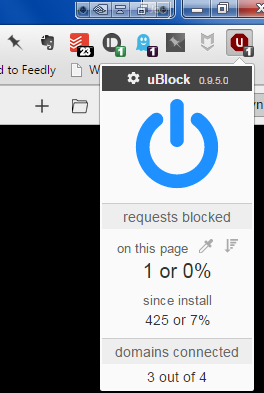 ublock, an ad blocker for desktop browsers, by Chris Aljoudi[/caption]
ublock, an ad blocker for desktop browsers, by Chris Aljoudi[/caption]
Purify also has the benefit of being developed by Chris Aljoudi, maker of the uBlock extension for desktop browsers. uBlock also has a dead-simple whitelisting option. Aljoudi developed uBlock out in the open and it’s free, so you can get a good sense of the quality of his work before buying Purify, if my recommendation isn’t enough.
iOS 9 marks the first time Apple has included content blocking in the mobile operating system, and it almost certainly is part of a larger strategy to squeeze other large companies reliant on advertising models for revenue. But its bound to put pressure on small and medium publishers to clean up their advertising standards or consider alternatives like membership programs or tip jars, used by Brett Terpstra, The Loop, Katie Floyd and many others, with varying degrees of success.
For now, I’ll keep on blocking the crap and whitelisting the good guys. How about you?
Feature image by NEXO Design under CC-BY-SA; screenshots by me
- There are many more, and the field will no doubt continue to grow. See Dave Mark's list at Loop Insight. He posted his own thoughts on all of this the next day. ↩
- Crystal has a "Report Site" action extension, to tell them about sites that break with Crystal enabled, but no whitelist. ↩
Google's alleged gender-based pay disparity
Ex-Googler says she exposed company-wide pay inequality with crowdsourced spreadsheet
Kristen V. Brown wrote for Fusion about Googler Erica Joy’s recent salary spreadsheet. Google had no response to her request for comment, which is the worst kind of response to something like this. Apple released, deliberately, a dismal diversity report (read: majority male, majority white) last year, and Tim Cook took responsibility for fixing it.
If there is a pay disparity problem at Google, or even the illusion of a pay disparity problem, Google PR needs to be on top of this story. The only time silence is ever okay is when you’re prepping a statement that will include unequivocal evidence that there is no disparity.
iOS 9 Public Beta coming today?
iOS 9 Public Beta coming today?
I rarely cross-post from my geekery-focused Tumblr, but I’m so excited about this I had to share it here, where I have literally thousands more followers.
I’ll be writing a proper post about the public beta after I’ve used it for a few days. There are some interesting legal consequences of agreeing to use beta software.
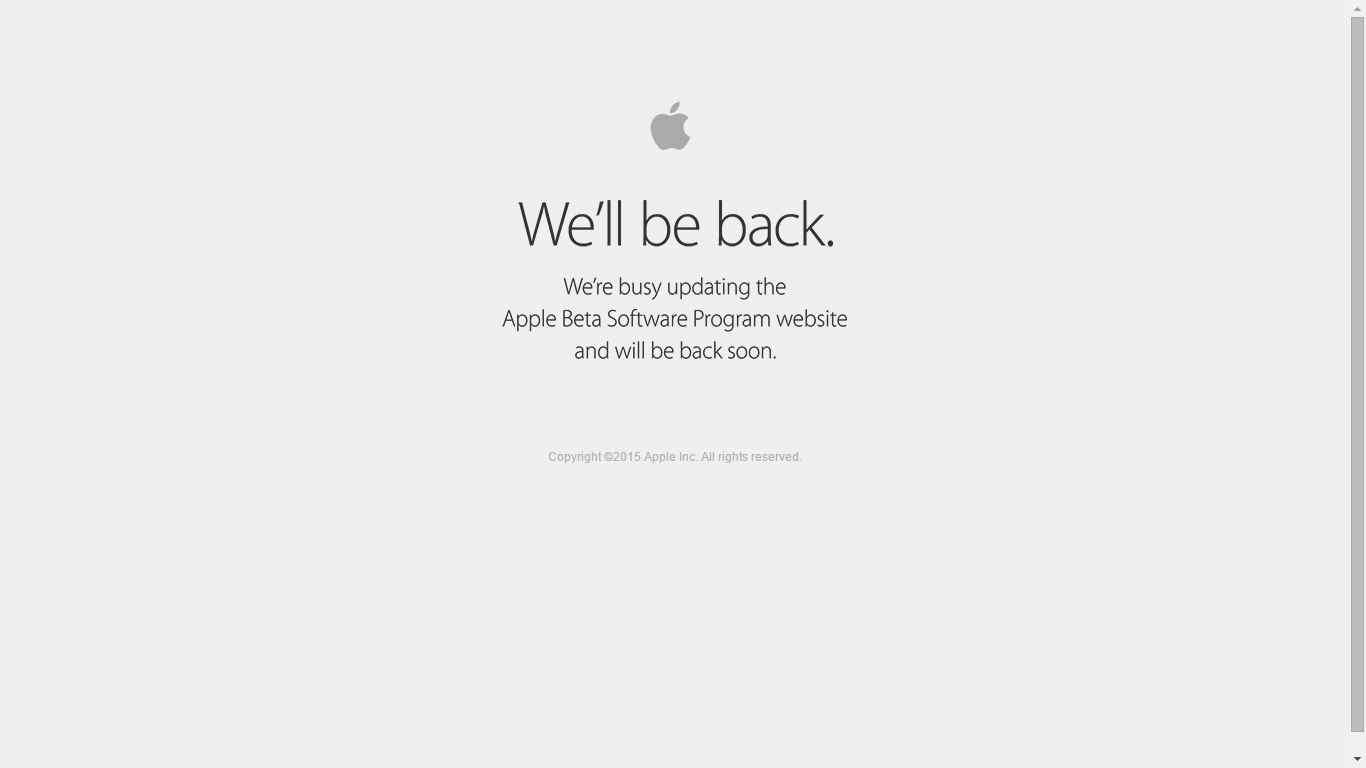
Monster sues their way out of Apple's licensed accessories program
Apple Revokes Monster’s Authority to Make Licensed Accessories
Daisuke Wakabayashi writes at The Wall Street Journal:
Mr. Tognotti said he told Apple that the move would significantly disrupt Monster’s business and that the two companies had worked well for years, with Monster paying Apple more than $12 million in licensing fees since 2008. Monster said roughly 900 of its more than 4,000 products were made through the MFi program.
Lawyers are paid to be good at chess. Monster’s counsel should have seen this coming and advised executives that they should pursue their lawsuit against Apple only if the potential upside would vastly outweigh the likely downside of a licensing termination.
Photo of Monster’s HQ courtesy Wikipedia user Coolcaesar

Apple under federal anti-competition scrutiny, again
Apple under federal anti-competition scrutiny, again
Micah Singleton writes for The Verge:
Sources also indicated that Apple offered to pay YouTube’s music licensing fee to Universal Music Group if the label stopped allowing its songs on YouTube. Apple is seemingly trying to clear a path before its streaming service launches, which is expected to debut at WWDC in June. If Apple convinces the labels to stop licensing freemium services from Spotify and YouTube, it could take out a significant portion of business from its two largest music competitors.
I dislike hyperbole, but the fact that Apple would even engage in behavior that is capable of misperception as anti-competitive is shocking.
Image credit: “Apple Headquarters in Cupertino” by Joe Ravi. Licensed under CC BY-SA 3.0 via Wikimedia Commons.
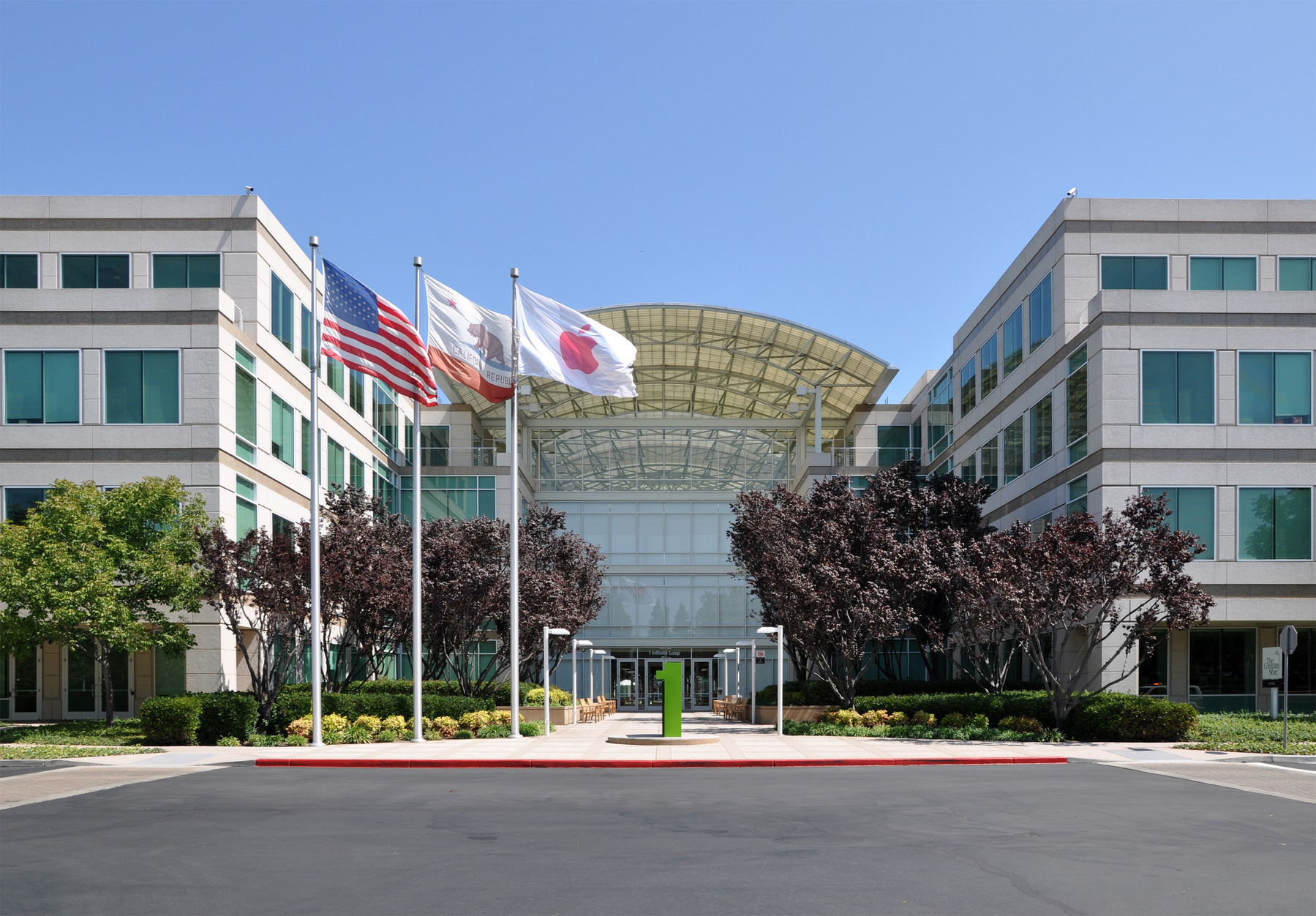
Tim Cook: Pro-discrimination ‘religious freedom’ laws are dangerous
Tim Cook: Pro-discrimination ‘religious freedom’ laws are dangerous
Tim Cook, in an op-ed at the Washington Post:
Our message, to people around the country and around the world, is this: Apple is open. Open to everyone, regardless of where they come from, what they look like, how they worship or who they love. Regardless of what the law might allow in Indiana or Arkansas, we will never tolerate discrimination.
I admire the visible positions Cook is taking on more and more issues these days.
Tim Cook will lend his name to Alabama LGBTQ bill
Tim Cook will lend his name to Alabama LGBTQ bill
Apple initially expressed corporate reluctance, but Apple General Counsel Bruce Sewell later told Pamela Todd, Alabama’s only openly gay lawmaker, that CEO Tim Cook “would be delighted” to have a bill named after him which would protect LGBTQ Alabama state employees from discrimination.
Cook said when he came out publicly in an essay for Bloomberg Businessweek that while he doesn’t usually like to draw attention to himself,
At the same time, I believe deeply in the words of Dr. Martin Luther King, who said: “Life’s most persistent and urgent question is, ‘What are you doing for others?’ ” I often challenge myself with that question, and I’ve come to realize that my desire for personal privacy has been holding me back from doing something more important.
It may seem like letting someone name a law after you isn’t that profound, but it is. The law will get national and even international attention primarily because of Tim Cook’s name. Without it, the law would have been written about by Alabama press and journalists in surrounding states, and would have been covered by LGBTQ publications.
But this small thing Mr. Cook can do, this simple thing, lends a volume to Pamela Todd’s proposal it may otherwise have lacked. And it’s already worked: I don’t think I’ve ever read a single word about Alabama state law of any kind, despite graduating from law school, becoming a licensed attorney and frequently writing about law in general and LGBTQ legal developments in particular.
Update to iOS 8 even without enough free space
I’ve heard from many people who insist their iPhone or iPad “can’t handle” or “doesn’t fit” iOS 8. I read an article about a slow-down in updates to iOS 8. John Gruber of Daring Fireball first posited that some well-documented software bugs were making people reluctant to update.
But his follow-up post reminded me how many times I’ve been asked by “normals” how I managed to update my iPhone 5. Their phones, the common story goes, just don’t have enough free space available to perform the update.
I know this is frustrating, so I wanted to share some quick and easy advice on the topic. First, if your iOS device is low on space, it’s probably because of all those photos and videos you’re taking. Learn how to move that stuff to your computer so you can safely delete it from your device.
Second, if you have an iPhone 4 or 4s, think hard before updating to iOS 8. Some reports suggest you’ll have a much slower device after the update. There are some neat new features, but none of them are worth slowing your phone down.
Third, make sure your iPhone or iPad is fully charged before you try to update. While it will be plugged into the computer and therefore charging during the update, it’s best to be safe about these things. Make sure your battery icon is green before you start the update and you should be fine.
Update to iOS 8 with iTunes
- If you want to install the iOS 8 update but your iPhone or iPad tells you it doesn’t have enough free space, make sure you have the latest version of iTunes.
- Plug the charging cable into your computer’s USB port and then connect it to your iPhone or iPad.
- If iTunes isn’t already opened, it will open. If it doesn’t open automatically you’ll just have to open it yourself (a first-world problem if ever I heard one).
- Click on the iPhone button that appears in iTunes and, if iTunes isn’t already offering to update your phone, click Check for Update.
- Wait. iTunes will download the five-gigabyte update to your computer and install it on your device.
<
p>Check out Apple’s support page for more information.
A sense that it wasn’t design
Robert Sullivan has such a good interview with Jony Ive over at Vogue:
In other words, the secret weapon of the most sought-after personal-electronics company in the world is a very nice guy from Northeast London who has a soft spot for woodworking and the sense that designers ought to keep their design talents backstage where they can do the most good. “There’s an odd irony here,” he observes. “I think our goal is that you would have a sense that it wasn’t design.”
I’m not sure the Apple Watch is for me because I haven’t had the chance to hold one yet. But the passion and sincerity Ive exudes for his work compels me to at least check it out.
FBI Director dislikes encryption on Apple and Google devices
FBI Director dislikes encryption on Apple and Google devices
Encryption of data on mobile devices is a big selling point in our post-Snowden world. But FBI Director James Comes isn’t happy about it:
What concerns me about this is companies marketing something expressly to allow people to place themselves beyond the law.
David Kravets of Ars Technica reports Comey has “reached out” to the companies about the issue. Absent new or amended legislation, though, there is little he can do about it, precisely because there is such a sales incentive to marketing encryption these days.
Apple can't bypass your iOS passcode
Apple can’t bypass your iOS passcode
Apple says in the latest revision of its page on government information requests:
On devices running iOS 8, your personal data such as photos, messages (including attachments), email, contacts, call history, iTunes content, notes, and reminders is placed under the protection of your passcode. Unlike our competitors, Apple cannot bypass your passcode and therefore cannot access this data. So it’s not technically feasible for us to respond to government warrants for the extraction of this data from devices in their possession running iOS 8.
Sure enough, the company also updated its Legal Process Guidelines (PDF) to reflect the increase in user privacy:
For all devices running iOS 8.0 and later versions, Apple will no longer be performing iOS data extractions as the data sought will be encrypted and Apple will not possess the encryption key.
This is obviously good news for people concerned about the amount of our data swishing around in the binary ocean, ripe for government fishing expeditions.
However, it’s also worth noting the overwhelming majority, 93 percent, of law enforcement requests to Apple are made at the behest of the customer themselves, usually in the case of a lost or stolen device.
You can find more information about what Apple discloses to law enforcement at its transparency reports page.
Tim Cook and the same question
Tim Cook and the same question
When Cook turned the spotlight on someone, he hammered them with questions until he was satisfied. “Why is that?” “What do you mean?” “I don’t understand. Why are you not making it clear?” He was known to ask the same exact question 10 times in a row.
Once upon a time I had a boss who was verbally abusive of everyone he met, loose with the law and prone to what can only be called temper tantrums.
He was also a genius.
And one of his staples in a meeting was the same thing that quote above explains about Tim Cook. Eventually I was ready for it every time, and it’s a valuable lesson.
Mac turns 30
Steve Jobs, in 1985:
We’re just in the beginning stages of what will be a truly remarkable breakthrough for most people — as remarkable as the telephone.
The remarkable thing is that, at least for people my age, ~30, as old as the Mac itself, the computer is far more remarkable than the telephone ever was. We were raised with the telephone as a commonplace thing, the way our children and nephews and nieces are growing up with iPhones and iPads.
Our computers used the telephone as merely a means to an end, a mode of connectivity. Think about that for a moment: the previous household’s most advanced piece of technology (except perhaps for the television, which is an interesting argument) ended as just a feature in the next generation’s most advanced pieces of technology.
I don’t know whether that’s good or bad for society taken in the aggregate, but the ability of technology to truly and ineffably amaze is gloriously unrelenting. I see no difference, no separating line, between technology and art. Each is made to convey meaning, to delight, to terrify, to teach, to challenge perceptions, and to inspire those who come after us.
Technology and art, or technology as art, or art as technology, are always examples of the same thing:
Humans dreaming, and then building the dream.
What a neat idea.
Apple and "market realities"
Apple, it turns out, is not happy about the legal consequences of its ebook price-fixing scheme. I would be unhappy as well if the attorney assigned by a federal judge to make sure I reformed my anti-competitive practices was sending me $1,100-per-hour bills.
The monitor, Michael Bromwich, submitted to the court on Dec. 30 a detailed explanation of Apple’s treatment of him and his team since their assignment in mid-September. He quotes Kyle Andeer, Apple’s director of competition law, as complaining he is “disappointed by [Bromwich’s] position on rates and other fees. They do not reflect market realities.”
As a former trial attorney at the Federal Trade Commission, Andeer should know a thing or two about “market realities.”
But then again, it’s a distaste for those realities that got Apple a monitor in the first place.
A Day In The Life Of An iPhone Factory Worker
A Day In The Life Of An iPhone Factory Worker
This is something everyone should read. Apple isn’t the only company benefiting from working conditions like this, and that makes it worse, not better.
The dominant press narrative is that Apple is profiting from the misery of toiling foreign workers.
The truth is that much of the electronics industry, not to mention the apparel and the toy industries, are also built on the underpaid and overworked backs of non-Americans all over the world.
Apple removes app curation app from App Store
Apple removes app curation app from App Store
"Yes, you can live here," Apple seems to say to developers, "but if you ever break one of our vague rules, or if we ever decide for any reason or even for no reason at all that you must go, you will be evicted. No appeal, no questions asked, no discussion."
I wish only the best to the folks at AppGratis, but this is the danger in building your business, and your employees’ livelihoods, on something over which you have absolutely no control.
Apple store trade dress
I wonder if there are any retail stores out there that have looked like Apple stores since before Apple stores, and before this trademark was granted earlier this month. I don’t mean knock-off stores, though. I’m thinking make-up shops, art galleries, and other entities that often embrace a minimalist store design aesthetic.
Here’s a direct link to the very-user-hostile USPTO page for the filing.
128 GB iPad perfect for pros?
I still personally have no interest in a 128 GB iPad, but as John Gruber points out, some professionals prefer the tablet form factor generally, and the iPad specifically, but run out of space for the multimedia they use every day.
The 128 GB iPad is official...
…but I’m not interested.
Peter Cohen of The Loop shared this earlier today, but I wonder why he didn’t offer any of his own thoughts on it. Here’s why I’m not interested:
Part of the iPad’s appeal to me is that it isn’t another crufty “filing cabinet.” I rather like that it is exactly what it appears to be: a big, beautiful window into the cloud. Everything I need is in Dropbox or Rdio or Google or Evernote, and when I make something, whether or not I’m connected to the internet, there’s always a way to save it for later synchronization. I also find that limited space makes me more discerning when it comes to installing apps, or choosing what music will sync to the device.
I understand some people lust after the one-terabyte tablet. I will never be one of those people.
Nilay Patel on what we agree to when we use cloud services
Nilay Patel on what we agree to when we use cloud services
Nilay Patel at The Verge reads some Terms of Service and drops some knowledge bombs. It’s definitely a must-read if you’re a Google, Dropbox, iCloud, or Skydrive user. So, if you’re on the internet at all, basically.
Tim Cook tells Brian Williams TV is "an area of intense interest"
Tim Cook tells Brian Williams TV is “an area of intense interest”
Ronnie Polidoro, writing at NBC:
“When I go into my living room and turn on the TV, I feel like I have gone backwards in time by 20 to 30 years,” Cook told Williams. “It’s an area of intense interest. I can’t say more than that.”
This is the only interesting bit of the article. I’m not sure why he would tease it in an interview like this one, that will ostensibly reach a large viewership of non-geeks, unless they were close to their TV solution.
As an aside, “assembling” some iMacs in the US is not the same as “making” them here, and it’s a distinction I suspect will be lost on many.